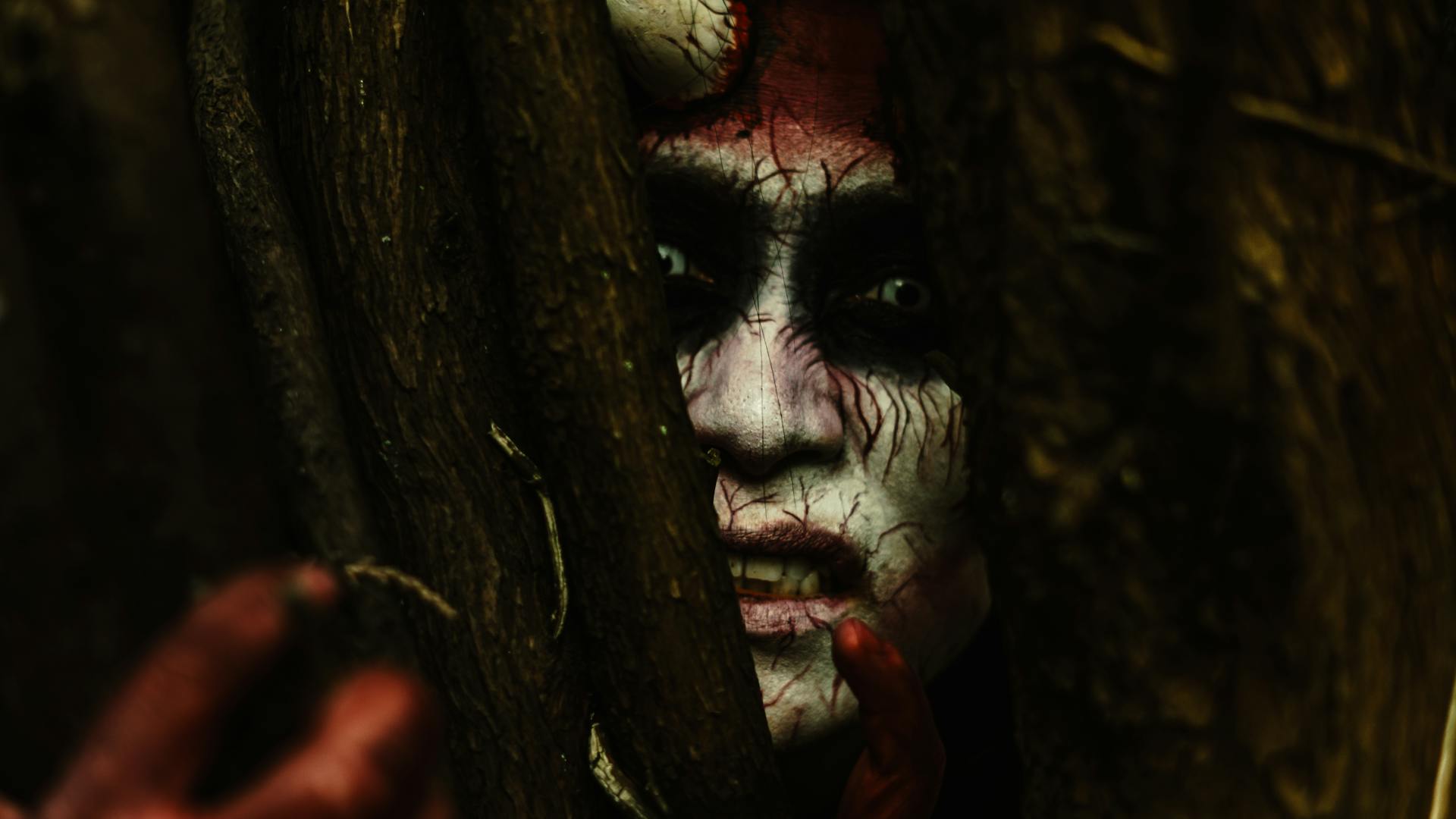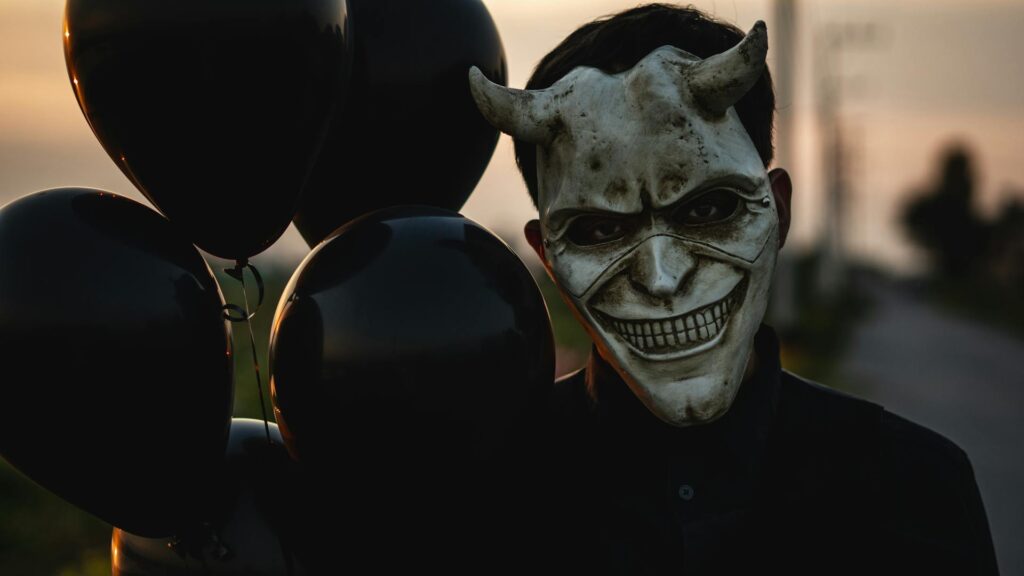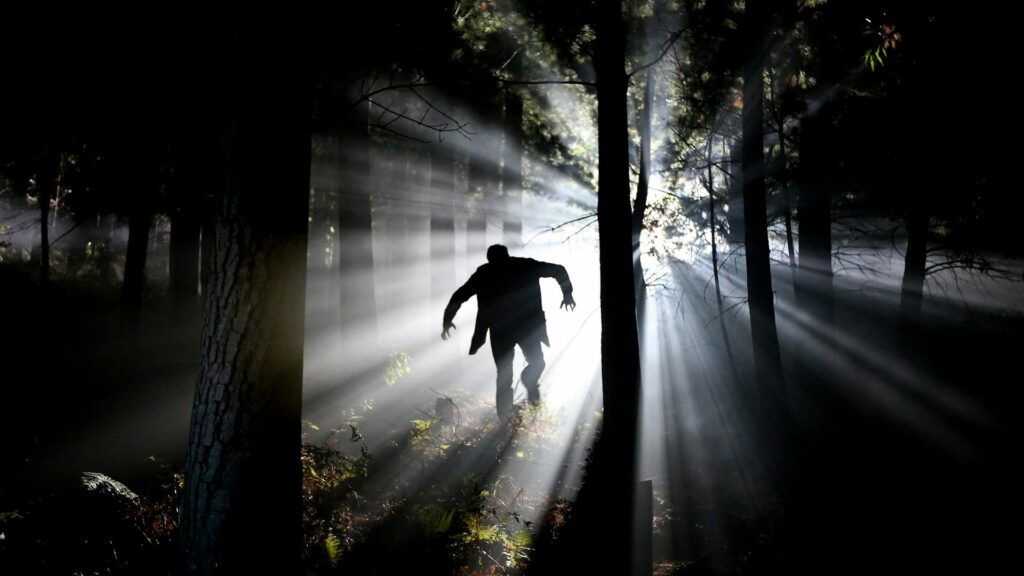Science
Ten Minutes is Enough: How AI is Changing People’s Minds
07 January 2026

Evil is an inalienable part of our reality. Characters of cruel felons or images of demonic beings have intrigued writers and artists for centuries, becoming an inspiration for outstanding paintings and literary works. In an era dominated by superhero movies, can we still create mature stories about the “dark side” of the world?
In Andrzej Sapkowski’s The Edge of the World short story, the Witcher Geralt states:
People […] like to invent monsters and monstrosities. Then they seem less monstrous themselves…
The words of the hero of the Polish writer’s books constitute one of the most explicit meta-commentaries on the culture of violence created by man over all eras, starting with Shakespeare’s tragedies of revenge, ending with the B horrors. Many commentators of postmodern culture – often not without reason – accuse contemporary films and video games of unjustifiably shocking images of violence and terror. In an interview with Tygodnik Powszechny, Maciej Płaza – an acclaimed Polish prose writer and translator – notes that in contemporary culture and media, we are dealing with a peculiar pornography of violence. Can he be right?
It seems that the situation of culture in the 21st century is not significantly different from that created in earlier epochs. Gruesome images of decaying bodies and cruel murders were one of the basic aesthetic elements of the 18th and 19th-century Gothic novels and frenetic literature, reflecting the collective experience of terror of the Great French Revolution. It is therefore difficult to agree with the thesis that violence in literature and art is exclusively the domain of the times in which we live.
The difference between contemporary and older-time culture lies in the fact that in the era of dynamic technological development and mass media, violence has somewhat become our everyday life. True-crime podcasts, telling stories of cruel crimes, are popular nowadays, and in the news services, one can find countless articles detailing the acts of violence perpetrated on civilians by occupiers and war criminals, from Ukraine to the Gaza Strip. A fragment from the song “Vicarious” by Tool, from the album 10,000 Days, comes to mind in this context:
Vicariously, I live while the whole world dies.
Although we do not want to experience violence the hard way, we want to commune with it in a world of fiction or – what is particularly ethically debatable – through media coverage. Why do evil and cruelty attract us so much, and how has culture influenced the reception of these issues?

I am a part of that power which eternally wills evil and eternally works good.
In these words, Mephistopheles introduced himself to the title character of Faust by Johann Wolfgang Goethe. The tragedy of the German writer was described by Thomas Mann as a “secular Bible.” Like the holy books of Judaism and Christianity, this piece of work deals with universal themes. One of them is an attempt to explain the meaning of evil in a world supposedly created by a good God.
In Goethe’s drama, the figure of the dark side of reality is the mentioned Mephistopheles, who makes a bet with the Creator about the soul of the protagonist – a scholar who wants to experience the fullness of knowledge of all things. In his most famous monologue, the demonic hero reveals to Faust that evil and good are inseparable aspects of reality. One cannot exist without the other, while evil makes sense because it is part of the original divine plan.
We recommend: Divination, Astrology, Neo-Cults, and Islam: Christianity Is No Longer in Vogue
The theme of the universality of evil often returns in modern culture, especially in ambitious horror films such as The Witch and Lighthouse by Robert Eggers or David Lynch’s projects, with the iconic Twin Peaks on top of the list. These works – more or less consciously – refer to the philosophy of the Romantics, according to which evil is not only an element of the divine plan but also a part of nature and the animal world. Nowadays, for many literary and film artists, the dark side of reality appears as a relic of pre-human times, which we have not managed to eradicate in the process of socialization and the formation of cultures.
A perfect illustration of this problem is the 1818 novel Frankenstein or the Modern Prometheus by Mary Wollstonecraft Shelley. In one of the most recognizable scenes of the work, referring to Rousseau’s philosophy, Dr. Frankenstein’s monster proves to his creator that every man is born good and only life in society shapes them to be evil and bitter. However, this claim contains a clear paradox. If we are all good individually, where does the evil in society come from? Shelley does not formulate clear-cut answers to this question, nor do the creators of modern films and books.

In the culture of the 21st century – especially the popular one – we can meet much more often with the thread of the fight between good and evil than with an attempt to justify the latter. This theme has its origins in the myths of many cultures, but the most interesting interpretation was found in the writings of ancient followers of Manichaean Gnosis. They believed that the world was an arena of struggle between the forces of light and darkness represented by deities that combat each other. The Manichaeans thus argued that good and evil drowse not only in the world but also in man, and it is only up to us to decide which side we will ultimately stand on.
The myths and stories of all cultures and times – from the story of Gilgamesh to The Lord of the Rings by J. R. R. Tolkien – show that we disagree with the vision of a world dominated solely by evil. The stories of the struggle of light and darkness have been a source of fortification for us for centuries. They carry an optimistic message that evil can be overcome by promoting values such as friendship, loyalty, and sacrifice. In this sense, culture is for us a source of inspiration and a moral compass. This thesis is confirmed by the activity of volunteers and activists who – often at the risk of their own lives – bring help to the needy in all corners of the world. Our love for the stories of the triumphant good proves that we do not agree with a world built on the foundations of evil and wickedness.
We recommend: The New Cardinal Sin: The Greed for Attention
In the latest popular culture, we are also dealing with the banalization of evil. This phenomenon can be encountered primarily in films about superheroes and their supervillains, using the Manichaean scheme of dividing the world into the light and dark sides. However, this measure very often results in the fact that bankable movies present a flattened, black-and-white vision of reality, thus denying the truth that evil lies within each of us. Although the Marvel scheme of creating antagonists is often deconstructed today – for example, in the intriguing series The Boys, in which superheroes take over the roles of villains – it has unfortunately become the universal language of modern cinema and has also penetrated more ambitious productions.
An example can be the film The Dune: Part Two directed by Denis Villeneuve. The main character’s antagonists – representatives of the Harkonen family – were depicted as thoughtless and abhorrent creatures, guided only by the logic of violence. In Frank Herbert‘s 1960s original novel, there was also no lack of similar stereotypes – the opponent of the main character was shown there as an obese homosexual with the then (and today) meaningful name Vladimir. However, the image of the antagonists was still much more nuanced than in the film. Indeed, the actions of the novel’s Harkonnens have their source not so much in mindless cruelty as in cool political calculation. But does the motivation of the perpetrators matter to the victims of violence?
Once again, the Witcher Geralt’s words – this time as the protagonist of the CD Projekt RED studio’s video game – come to mind. They are a paraphrase of a fragment from Sapkowski’s short story The Lesser Evil:
Evil is evil. Lesser, greater, middling… Makes no difference. The degree is arbitrary. The definition is blurred. If I am to choose between one evil and another… I would rather not choose at all.
It remains to be hoped that a third option is available to each of us.
Translation: Marcin Brański
Polish version: Zło w kulturze. Do czego są nam potrzebne opowieści o ciemnej stronie człowieka i świata?

Science
06 January 2026


Zmień tryb na ciemny